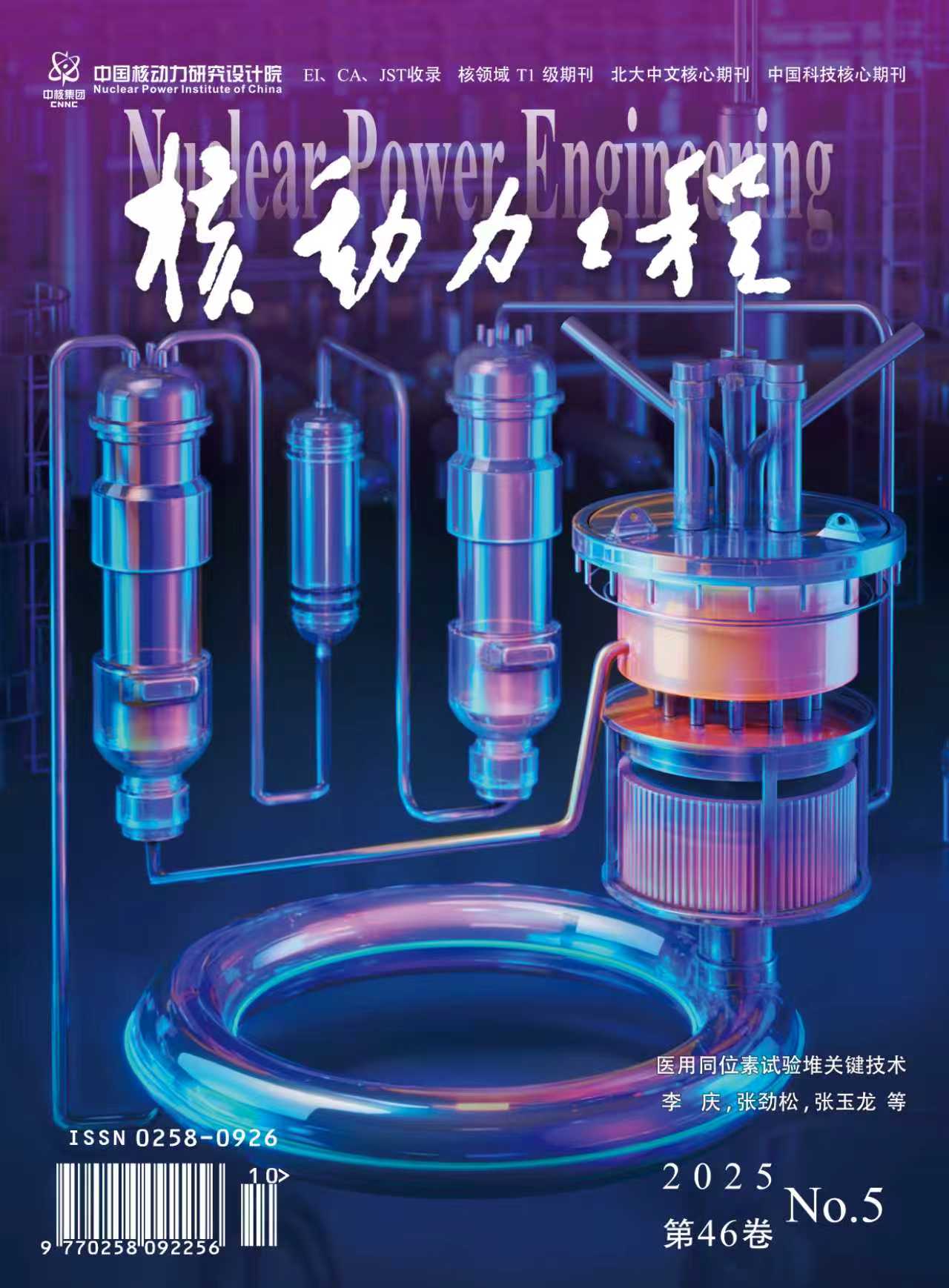Abstract:
A 5×5 rod bundles with 7 spacer girds which structure mixing gird (MG) and mid span mixing gird (MSMG) are arranged alternant are studied by two phase computational fluid mechanic(CFD), and bubbles coalescence and breakup, and heat transfer are considered in the calculation, but not the interface mass change. In order to choose the reasonable two phase model parameters, 5×5 rod bundles with 2 spacer girds (MG and MSMG) based on AFA3G fuel assembly isstudied by two phase CFD, and the sensitivity and uncertainty analysis is conducted on max bubble size, bubbles coalescence and breakup model parameters, non-drag force model, drag force model parameters, inlet bubble diameter and inlet void fraction distribution. Use this model setting, the study of the two phase performance is conducted on AFA3G fuel assembly with 7 spacer grids. The calculation shows that the bubble through the spacer grid is without periodicity, but the void fraction fields of every MSMG upstream are similar and the MG upstream shows the same situation. This research is useful to choose the model setting and geometry size for the rod bundle with spacer girds in the two phase calculation, for geometry size it is possible to analyze the two phase performance on rod bundle with 2 or 3 spacer grids. Finally, the void fraction distribution of AFA3G fuel assembly and advanced fuel assembly are compared, and evaluated in terms of the improvement of the CHF. It agrees well with the experiment, which verifies the evaluation method, the research is the base for the establishment of the evaluation guideline for the thermal hydraulic performance of the fuel assembly by two phase CFD calculation.



